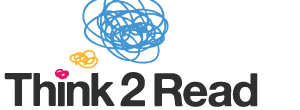Collaborative Teaching & Learning Strategies
Institute of Education, University of London, School Leadership Today, Leading Learning Vol 1.1, 2009 www.teachingtimes.co.uk
Chris Watkins takes a closer look at collaboration between pupils:why do they enjoy it and how does it work?
Working with friends. Working as a team. Working in groups. When we ask pupils and teachers how classroom pedagogy might be improved, this is what primary schoolchildren say. In secondary schools, meanwhile, a preference for learning with friends was voiced by 53 per cent of respondents in a 2008 MORI survey – an increase from 35 per cent in 2007 and 28 per cent in 1998. When we ask teachers about their own best experiences of learning, they regularly report times when they worked and learned with others – but by no means all of their examples come from a classroom context.
However, when we look into classrooms we find that they are often not characterised by co-operation or collaboration: for many years research on primary school classrooms has shown that pupils may be placed in groups around a table, but that does not mean they are operating in groups. And in secondary schools the 2008 survey shows that ‘working in small groups to solve a problem’ has declined in the last decade. How might we explain this disjunction between what people think is best and what we see in classrooms? Some of the issues which have been highlighted in the past include:
- Teachers have seldom experienced classrooms being run in a collaborative fashion
- The culture of schools does not foster collaborative work by teachers themselves
- The dominant values in today’s schooling, especially under the influence of hyper-accountability, emphasise individualism
So is there any point trying to develop more collaborative learning in classrooms?
